
Smartphone technology has become as ubiquitous as automobiles. In Austin, Texas, a city that is widely known as the "Live Music Capital of the World," smartphones have been embraced by the music community not just as a way to document and promote, but to create music.
A rock guitarist, a horn player, and a solo artist explain.
Guitar Hero
Most rock musicians will tell you their career plan is pretty simple. They want to play, score a record deal, and get famous. Phoenix Steel Knight says his mission is to become a guitar god and change the face of music.
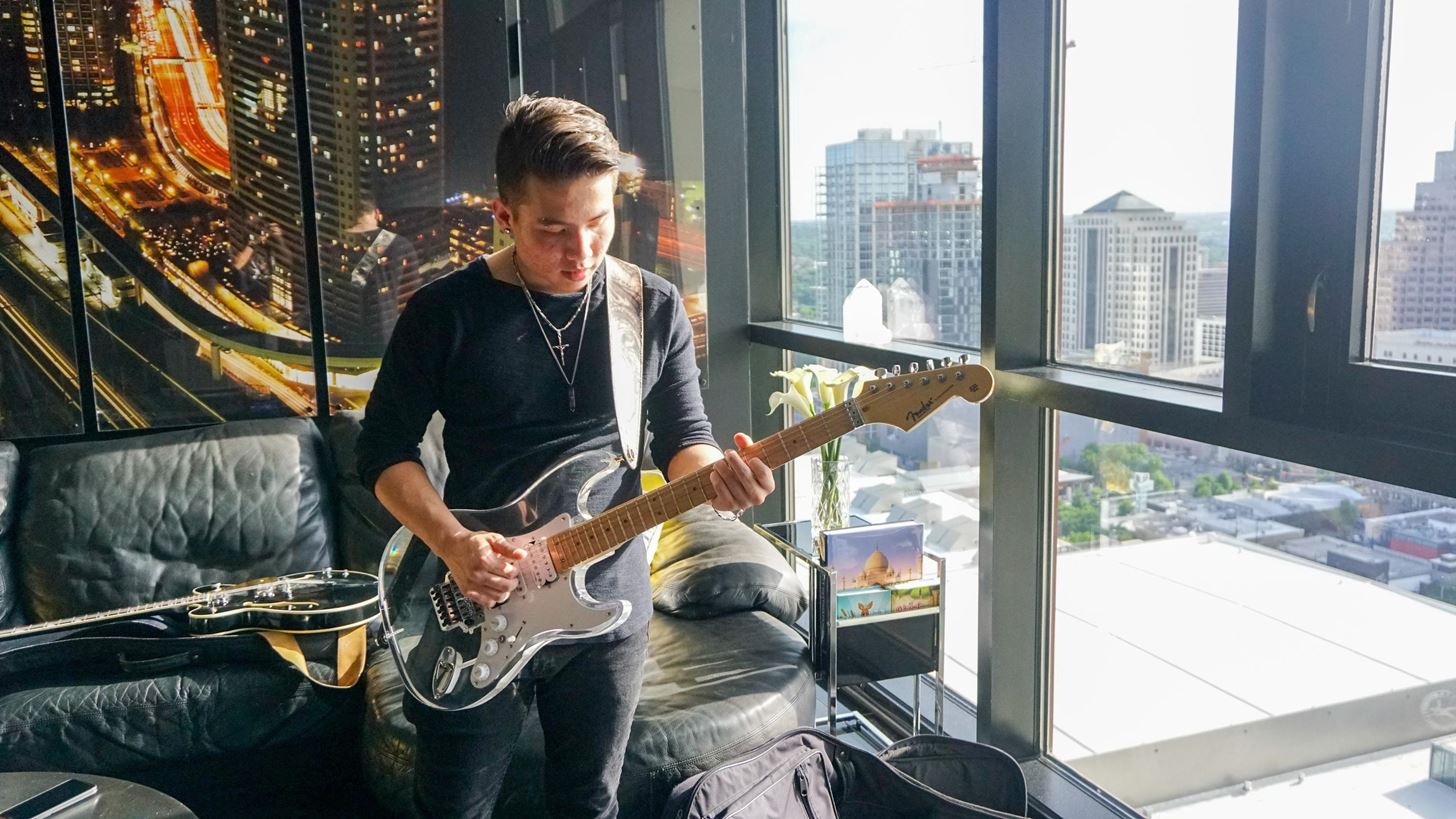
Knight, 18, plays in a rock band called Love Sing Dance (formerly known as Regret Roulette Reload). He started the band four years ago and has managed to play small venues in and around Austin. Since its inception, the group has been renamed more than once and has gone through about 40 personnel changes. Having been mainly composed of teenage musicians, Knight credits that for the ever-changing lineup. "They were high schoolers and didn't know what they wanted to do in life," he says.
The band is usually a quintet, but they've been searching for a new drummer. The current members of the group — Knight (guitar, vocals, songwriter, producer, main creator); Jarik Yarbrough (vocals, keyboard); Mundo Soto (bass); and Lance Blue (keyboard, guitar, producer) — have been together for about two years. Knight works at South Austin Music and says he's always trying to learn more about his craft and how he can become the best at it.
Knight's band uses smartphone tech to collaborate with bandmates, which helps kick-start their song-making process. He uses his iPhone XR and the GarageBand app (available for free on iOS) to sketch out new material.
"Before, when I started playing guitar as a metalhead, I was really old school. I didn't like technology at all," he says. "Then I started to use my phone to create beats and put guitar over it. Especially in my new band. That's the direction I'm trying to go with it — more electronic."
Knight likes being able to sketch out a song by creating a backing track on his iPhone. He will then play along with the track, writing the guitar parts as he goes. After, he will create a blank track in GarageBand and record directly into the app with either his AirPods or from his iPhone's mic. "It's really awesome to send demos to your bandmates. I record guitar parts and send it to my co-writers, and they can write something on it. It really cuts down on practice time as well. We can get way more done in a shorter time."

While working from his iPhone has made songwriting easier, what he creates on his mobile device hasn't made it into the live act. Yet.
"It's more for developmental purposes," Knight says. "I'm still new to this thing, and Lance is still new to having my insight, so we have yet to find a formula to bring it on stage. But that's the idea, to bring it onstage in some way."
Once he feels comfortable with what he's created, he'll email it to Blue, who has a more robust version of GarageBand on his computer. The track is then cleaned up a bit more and becomes the basis for a new song.
Guitar and piano lessons have allowed him to really take advantage of GarageBand, and he equates it to learning a new instrument. "GarageBand has a keyboard, and I've had piano lessons before. So I know how to get some of the sounds or how to find the chords on here," Knight explains.

The 18-year-old still listens to music on vinyl, when available, as well as on YouTube and Apple Music. He says Spotify is what he uses the most. To stay current on music in the area, he likes to use Bandcamp (a free download on Android and iOS) and ReverbNation.
Knight has been musically inclined since his early teens. He says using his iPhone to make music came from a need to entertain himself when he had free moments before and after school.
"Walking around, I'd start making my own songs and singing melodies. I knew how to play the keyboard and thought, 'I need to save this somewhere. I'm not gonna sing it correctly; I need the right notes.'" he says. "I would get bored on the school bus and then put a drum beat over it. And it creates this whole thing in my hands."
Making Music His Way
Standing on a small stage in a South Austin food truck park, Roy Pulido blasts his trumpet, playing to an instrumental track of Santana's "Oye Como Va." Originally from Oceanside, California, Pulido, 32, moved to Austin in 2010. He was a trombone and trumpet player for ska bands back in his hometown.

After arriving in Austin, he quickly got himself installed in the music scene performing everything from soul to cumbia. Since then, Pulido has become a solo player out of necessity.
After answering some want ads for horn players and getting rejected, Pulido decided to pick up his trumpet, a 50-watt ION battery-powered Bluetooth speaker, and hit a Fat Tuesday street celebration. Using YouTube, he picked Mardi Gras and Dixieland instrumentals and played alongside them. He was a hit and found a way back to the music scene. Pulido has since used YouTube instrumental and backing tracks for most of his performances. He can find a large selection of music, past and present, to entertain crowds of all ages.


Pulido has used his everyday phone — a Samsung Galaxy J7 — for all of his shows. He favors Android over iOS simply because the majority of his smartphones have been Samsung. And unlike the iOS counterparts, he is glad that his phone still has the 3.5 mm headphone jack. "There will be times that Bluetooth isn't working. I find that having the jack there still gives me the extra option if need be."

When it comes to music discovery, Pulido's favorite app is Deezer (free on iOS and Android).
"Deezer is not as well known as Spotify or Pandora," he says. "It came free on one of the phones that I had previously, and I liked it so much, I decided to go premium." Deezer's premium tier, priced at $9.99 a month, removes ads, allows for unlimited skips, and is available on just about all devices and wearables.
A big draw for Pulido is the music recognition feature integrated inside the app. He likes to listen to music in his car before he goes to work, and the music recognition feature comes in handy when listening to the radio for songs he might like to add to his performances.
For his stage performances where he can hook up to power, Pulido uses 500-watt ION brand Bluetooth speaker. During a performance at Thicket Food Park, a popular food truck venue in South Austin, he was able to get his gear deployed and set up within a matter of minutes. That was a good thing since the venue double-booked him with another musician with way more equipment. His speaker was up and connected with ease, allowing him time to reorganize his setlist for the evening.

"Once I had gotten married and had children, it was hard to get back into music. Once I started dipping my foot back in the water to play with other bands, I got busy with work and life itself." Pulido says. He admits that while he does miss the camaraderie that comes with playing in a band, he doesn't miss the lugging around of heavy equipment, adapting to other people's schedules, and having to split the monetary gains. "I can practice when I want. I can go play when I want. I only have to worry about me. So, right now, for my life, that's what works."
Classics Never Die
The first thing you notice about Honey Son is that he's a brilliant multitasker. He hums, punches buttons, turns dials, sings, and strums his guitar in a seemingly random fashion. Honey Son, whose real name is Mars Wright, says that's all part of the performance. Wright's music combines vocal harmonies, guitar, and other looped effects to produce a particular, almost dissonant sound.

His vocal harmonies and drumbeats are mostly recorded live in front of the audience before he begins a song. Wright carries quite a bit of equipment with him. His setup consists of a mixer, speakers, guitar, and pedals, as well as a homemade mixing table that looks like a robot in mid-assembly. There are knobs, lit buttons, dials, and all manner of cables twisting and turning in all directions. He built it himself to arrange his gear his way. Chief among the items on the mixing table is an iPad 3 which functions as his routing station for handling the inputs. And not too far from that sits an iPhone 4S.
His original setup was different, but one night, it got stolen. "I thought, I could try and buy another looping type pedal or device or I could just go get an iPad, an iPhone, and use the things I already have and find an interface. It turned out to be a cheaper and more robust solution."
"I actually have two iPhone 4Ss kicking around," he says. Wright has always liked the 4S for its portability and reliability.

Additionally, Wright highlights the 30-pin connector as one of the main reasons he still keeps the older iOS devices integrated into his setup. During the run of Apple's 30-pin connector, many manufacturers of music accessories and devices offered an array of things geared for people like Wright. Sadly, many of those same companies have not updated their technology to accommodate the Lightning connector. The device Wright connects his 30-pin iPad to, the Behringer is202 recording dock, has not been updated to work with the latest iPad models.
To record backing music or sounds for shows, Wright uses an app called Loopy HD ($3.99 on iOS only). The app is capable of recording different sounds or riffs that repeat on their own (referred to by musicians as loops) and runs on both iOS devices. An instance of Loopy can run on each device, and the app can consolidate these tracks in the lead device, giving him even more available tracks to meld together.
He discovers music via Spotify (on iOS and Android), which he favors over the other music services. Much like Deezer, you can find Spotify on just about any device, including game consoles and smart TVs. The price point is the same as Deezer at $9.99 and with many of the same features except music recognition. He credits Spotify for being a "cleaner social network" with which to share playlists with other musicians, friends, and family. "Everyone's on Spotify." He says. Wright is also a big fan of the radio algorithm and tailored playlists the app generates.

Apple is his brand of choice to keep most of his devices on the same ecosystem. His phone is an iPhone SE, which was one of the last phones to have the 3.5 mm headphone jack. "I won't upgrade to a phone that doesn't have a headphone jack," Wright says. He doesn't much care for Apple's decision to eliminate the jack. While he does enjoy strapping on headphones to listen to music, he admits that his favorite place to listen to music is in his car.
"When it's just you and a car, it's like a tiny listening booth. Even when I make tracks, the final listening test is, like, I get in my car, I listen to it in the car and make sure everything sounds — so I can compare it to everything else I'm listening to."
On the side, Wright also teaches middle school orchestra. He is teaching a workshop at an orchestra camp where he plans to introduce kids to electronic music via their smartphones. "I'm hoping that they come out of that with like, 'I can do this classical music, but I can also experiment easily with this thing that I have all the time in my pocket,' instead of Snapchat or some other time waster. If there's some sort of advocacy position — I'm a huge proponent of that."

This article was produced during Gadget Hacks' special coverage on streaming, listening to, and creating music and podcasts on your smartphone. Check out the whole Music and Audio series.
Just updated your iPhone? You'll find new emoji, enhanced security, podcast transcripts, Apple Cash virtual numbers, and other useful features. There are even new additions hidden within Safari. Find out what's new and changed on your iPhone with the iOS 17.4 update.






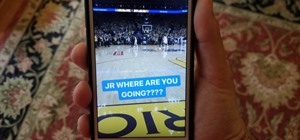
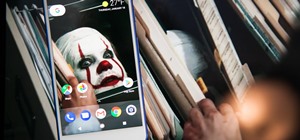

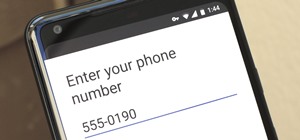
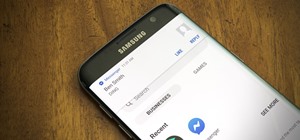
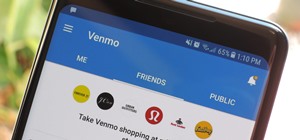
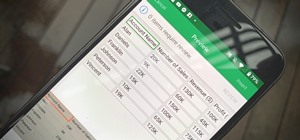
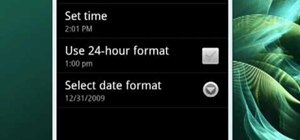
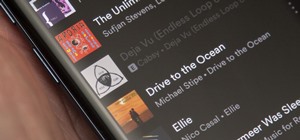
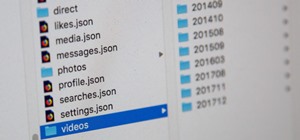
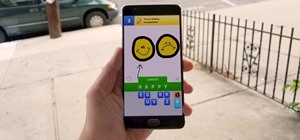

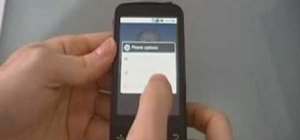
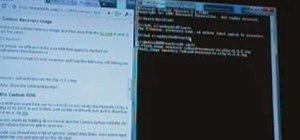
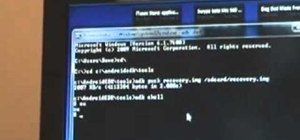
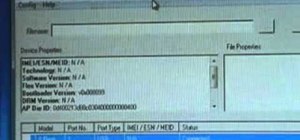
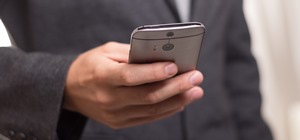
Be the First to Comment
Share Your Thoughts